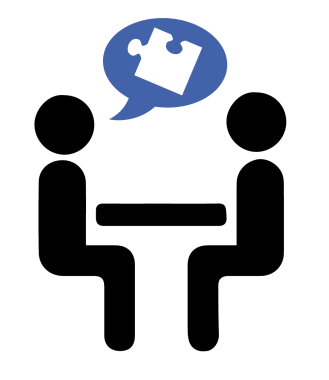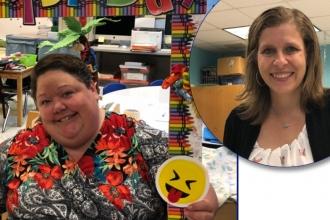
Integrated co-teaching classes are taught by two teachers: one who is certified and licensed as a special education teacher and one who is certified and licensed as a general education or content-area teacher. ICT classes must always be staffed by two teachers. It is a violation to pull one of the teachers in an ICT class to provide coverage or perform other duties, such as proctoring or scoring exams.
In an ICT class, the number of students with IEPs cannot exceed 40% of the total class register, with a maximum of 12 students with disabilities, unless the school has a variance. These limits include any student in the class with an IEP, regardless of whether the student’s IEP recommends ICT placement.
ICT services can be recommended for any class, including cluster classes, electives and labs for which the student needs additional support from a special education teacher.
Students receiving ICT services can also receive Special Education Teacher Support Services (SETSS). Generally, this is appropriate where the student requires supplementary instruction that is not available in the classroom.
For students receiving ICT services, the IEP team meeting must include at least one general education teacher of the student and at least one special education teacher of the student.
What makes successful co-teaching?
Thousands of New York City public school teachers work together in Integrated Co-Teaching classrooms, in which one special education teacher and one general education teacher work alongside each other. But what are the ingredients of a successful classroom partnership?
